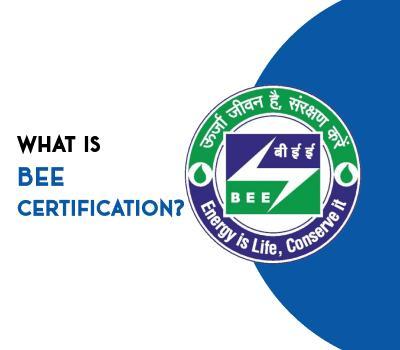Types of Environmental Tests

Have you ever seen how products like automobile parts, electrical products, or others are tested before being sold in the market? One of the most essential tests, environmental testing, plays a crucial role in determining a product's quality, durability, and safety. This evaluation method is important to identify whether your products can withstand harsh environmental conditions. Let’s talk about the introduction and types of environmental tests that will give you a detailed understanding of this essential process. Here we go!
Introduction to Environmental Testing
Environmental testing is a committed inspection procedure that checks how products perform under extreme conditions such as heat, cold, vibration, shock, etc. Car engines, batteries, household appliances, cables, and other products must go through this evaluation technique to ensure safety, durability, and performance.
A team of trained experts perform this testing in environmental test chambers. They may use equipment such as thermal chambers, vibration tables and humidity testers to perform the examination process. Industries like automotive electronics and defence are heavily dependent on environmental testing. This helps them know how their products react in real-world conditions before introducing them to the market. Manufacturers can retouch their products to avoid errors and malfunctions and improve their overall quality.
Types of Environmental Testing
Today, we have different types of environmental testing because many products have to withstand different real-world conditions such as heat, humidity, vibration or chemicals. Each type of testing allows manufacturers to check specific stress factors to ensure the safety and performance of their products under specific environmental challenges. Here are the different types of environmental testing you can choose from for your product:
Vibration Testing
Vibration testing checks how a product handles vibrations during use or transport. This evaluation technique is ideal for products, like cars, electronics, household appliances, and industrial machinery. That helps them to remain durable and functional even when subjected to shaking or moving.
Air quality testing
Air quality testing detects harmful gases, dust, and chemicals in the air. Certain products, such as air purifiers, HVAC systems, vehicles, and factories that release emissions, must undergo this testing. It allows the product builder to determine whether their product produces clean air or not. This is also a type of industrial equipment testing to build industrial equipment that doesn’t harm people’s health and the environment.
Temperature and Humidity Testing
Temperature and humidity testing determine how products perform under various heat and humidity conditions. This ensures products like electronics, batteries, automotive parts, and packaging materials can withstand high or low temperatures or humidity. If they are not tested with this approach, they can provide poor performance, damage, or show safety issues.
Noise Testing
Noise testing is an important type of environmental testing that ensures how much sound a product can make. This helps manufacturers to make their product within safe or legal limits, which is safe in terms of noise. Manufacturers of engines, fans, machines, vehicles and consumer electronics need help from a testing company. That helps them to identify the noise of their product in certain environmental situations.
Chemical Exposure Testing
Chemical hazard testing checks how a product reacts to harmful chemicals or substances. Small and large manufacturers of electronics, packaging materials, and automotive parts are required to undergo this testing to ensure they do not deteriorate or release harmful substances when exposed to chemicals. This testing is necessary to ensure the safety and high performance under real-world conditions.
Water Quality Testing
Water quality testing checks for harmful things in the water, such as bacteria, chemicals, or heavy metals. This ensures that the water is clean and safe for users. Products like water purifiers, pipes, tanks, and bottled water must be tested before they are sold in the market. Dirty water can cause health problems and can also damage the equipment.
Climatic Testing
Climate testing checks how products handle different weather conditions, such as heat, cold, rain, and humidity. It is used for items such as electronics, car parts, outdoor equipment, and packaging materials. With the help of this solar panel test, manufacturers ensure that their solar systems work well in all types of weather and last a long time. This test helps you detect any problems in your product and fix them before bringing it to the market.
Soil Testing
Soil testing enables users to check the quality and nutrients of the soil. This step ensures whether there are harmful chemicals in the soil or not. If you manufacture products like farming tools, fertilisers, and construction materials, soil testing is a must-have practice for building reliable products. This approach helps you to manufacture products that ensure safety and reliability for users.
EMI/EMC Testing (Electromagnetic Interference/Compatibility)
EMI/EMC testing refers to evaluating a product to see if it emits harmful electromagnetic signals. This testing also helps to check how your product is affected by external signals. Some products, like electronics, smartphones, computers, and medical devices, are required to go through this testing. EMI testing helps users to build a product that meets regulations and works properly without causing disturbance.
Radiation Testing
Radiation testing is performed to check how products react to radiation. This helps users to check the performance of the product. Some essential equipment, such as electronics, medical equipment, aerospace components, and military equipment, is required to undergo this testing method. This ensures they can work safely and reliably in environments with radiation.
Bottom Line
Environmental testing is important to know how your products perform in real-world conditions. It ensures that your product is safe, durable, and reliable for public use. As a product manufacturer, you can identify potential problems related to temperature, humidity, shock and chemical exposure. Environmental testing plays a major role in the automotive, electronics, aerospace and medical sectors. It enables companies to meet safety standards and improve product performance.
Today, it is essential to reduce defects in your products and avoid costly recalls. Environmental testing ultimately helps manufacturers sell their products with confidence in the market and achieve customer satisfaction, and ensure compliance with environmental regulations.
Categories
Related Blogs
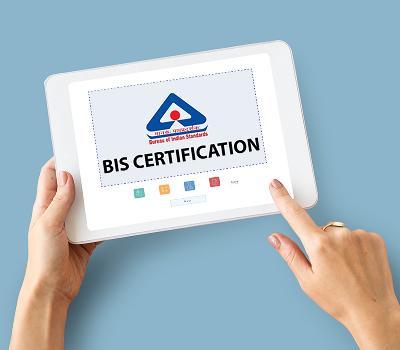
BIS Certification: Process, Types and Validity
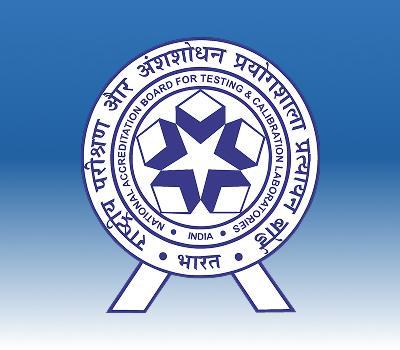
Advantage and Disadvantage of NABL Accreditation
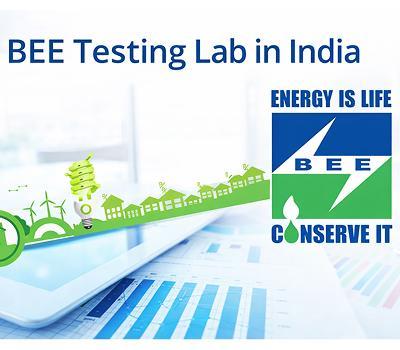
Best BEE Testing Laboratory in India
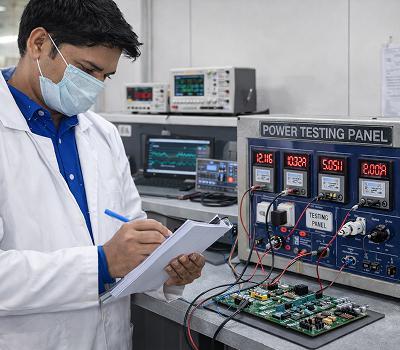
Best BIS Approved Laboratory in Chennai
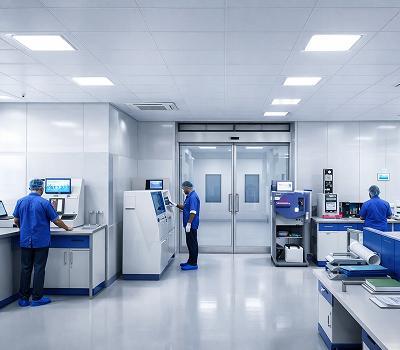
NABL Accredited Labs in Chennai

Best Testing Laboratory in Delhi

Best Testing Laboratory in India
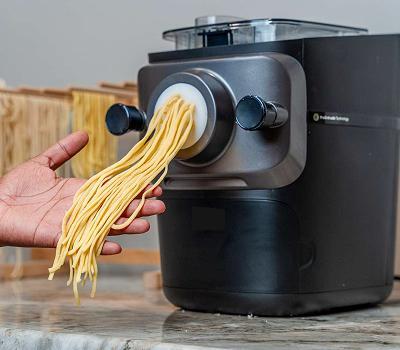
BIS Certification for Electric Noodle Makers IS 302 (Part 1): 2024
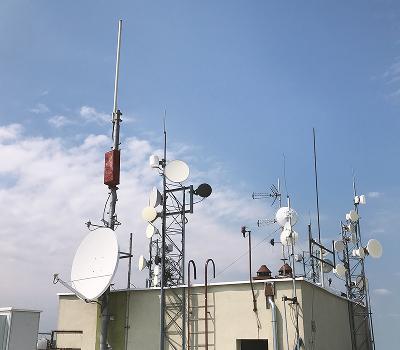
Telecommunications Equipment Testing Solutions
